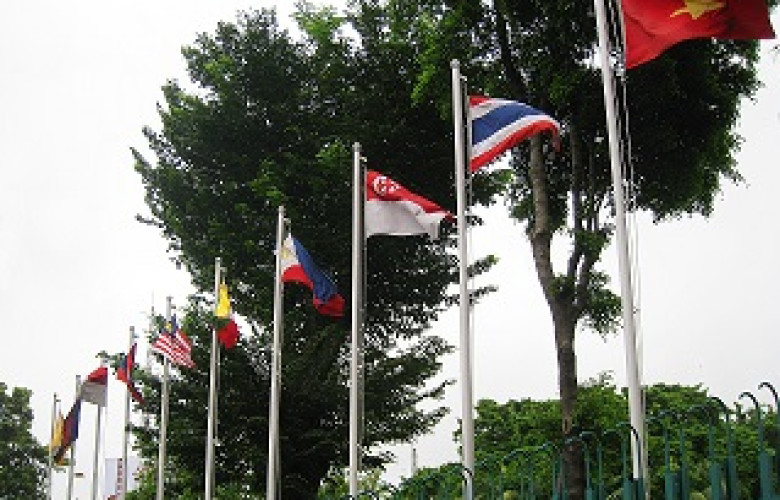Diplomacy the Southeast Asian way
Izzah Ibrahim, Analyst, Institute of Strategic & International Studies (ISIS) Malaysia
2024-12-13
ASIA
GEOPOLITICS
This article first appeared on The Interpreter, published by the Lowy Institute

Backed by new initiatives and existing goals, there is considerable expectation that 2025 will mark a new chapter for the Association of Southeast Asian Nations (ASEAN). Yet simultaneously, enthusiasm is being curtailed by apprehension about the institution’s relevance and functions. A lack of cohesive direction in the face of evolving internal and external challenges has not helped alleviate those concerns, highlighted by the differences in perceptions and priorities held by the member states and their partners. However, recent Track 2 platforms have shown encouraging signs, creating opportunities to reshape discourse and find areas of context-specific collaboration.
In spite of criticisms, ASEAN’s convening power remains an undeniable strength for the institution. While most of its relationships have been built through the growing number of official meetings, their informal counterparts have been able to do just the same. One example is the ASEAN-Australia-New Zealand (AANZ) Dialogue, a Track 1.5 and Track 2 strategic-focused trilateral mechanism. Its recently concluded 16th iteration featured speakers from the ASEAN Secretariat, academia, media, business communities and civil society organisations.
The Dialogue reflected the diversity and nuance found in the relationships between the participants. Such understanding is vital in addressing the recurrent question posed by ASEAN’s dialogue partners: what can they do to contribute to the institution and the region? Considering the vast differences in each country’s respective capacities, these dialogues are most productive when they are used as the basis for determining the type of contributions ASEAN’s dialogue partners can realistically provide, rather than a platform for declaring grand aspirations.
This was particularly evident in discussions between Australia and New Zealand on how they could elevate their relations with ASEAN. While both have expressed similar renewed vigour to engage with the region, there were deliberations throughout the Dialogue on the best approaches to achieve this outcome with respect to each country’s specific interests, capacities, size and influence. The ASEAN-Australia Special Summit and its corresponding Melbourne Declaration marked 50 years of cooperation in this regard, with the long-term commitment captured in a recent research report. New Zealand has taken a more subdued approach but expressed a continued focus on people-to-people exchanges and business opportunities to supplement its broad support for upholding a principled approach to regional stability.
The ongoing conversations within the AANZ Dialogue demonstrate the willingness among participants to tackle the difficult subjects that are generally avoided at the Track 1 level. This helps address the mismatch in the understanding of ASEAN’s actions and positions within and outside the institution. These processes aim to aid cohesion and the translation of ASEAN’s expectations into tangible outcomes through official channels.
External observers and partners have often levelled criticisms at ASEAN’s responses, both institutionally and as individual countries, towards great power competition. The issue has been framed largely as an unwillingness to commit to a particular side, despite Southeast Asian countries stating that their choices are an exercise in agency and pragmatism for their respective national interests. However, these positions pose difficulties for cohesion and leadership, such as upholding ASEAN centrality and the disproportionate emphasis placed on the rotational ASEAN chairmanship. Such complications were a reminder to the Dialogue’s participants to resist simplifying the current geopolitical reality into binaries in a space that has grown so contested and complex. The issues also served as an affirmation of the region’s neutrality and preference for flexibility.
Given the approach of conducting international relations in the region, it is more or less accepted that grand sweeping changes are unlikely in the near future. So too, the understated, quiet flair of diplomacy that is characteristic of the region will not naturally capture headlines. Instead, there needs to be a greater emphasis on habitualising interactions such as the smaller and informal meetings like the AANZ Dialogue. It is a way of acknowledging and celebrating the differences that make these countries unique, but also of seeking solutions collectively for when these differences become obstacles.
Membership
NZIIA membership is open to anyone interested in understanding the importance of global affairs to the political and economic well-being of New Zealand.